Medical Breakthroughs 2023: Pigs to Humans, Kill Cancer and HIV
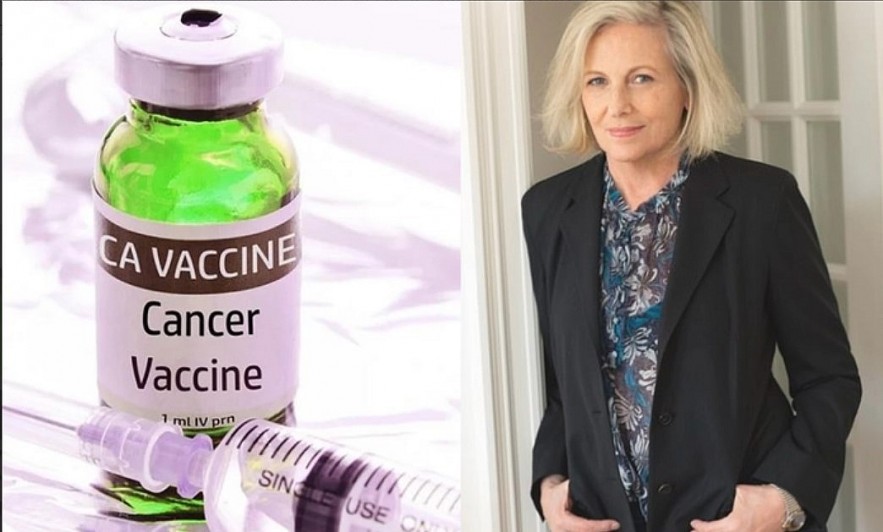 |
| Medical Breakthroughs 2023 |
2022 marks major medical milestones, especially in the field of pig-to-human organ transplantation, anti-cancer vaccines, gene mapping, HIV cure, etc.
First heart transplant from pig to human
On January 11, 2022, Mr. David Bennett, 57, became the first patient to receive a pig heart transplant.
The surgery was initially considered a success, but Mr. Bennett died two months later. Dr Bartley Griffith, who led the surgery, said Mr Bennett was found to be infected with a virus that only occurs in animals, called porcine cytomegalovirus (pCMV).
However, the medical community still holds out hope that the field of mutant transplantation, i.e. transplanting organs or tissues from animals to humans, will have a real breakthrough from 2023.
For a long time, experts have worked hard to study and genetically modify pigs to be suitable for human organ transplantation, without the situation of transplant rejection. Research has accelerated over the past decade thanks to new cloning and gene editing technologies.
Scientists hope these procedures will usher in a new era of medicine in the future, addressing the shortage of donor organs for more than half a million Americans.
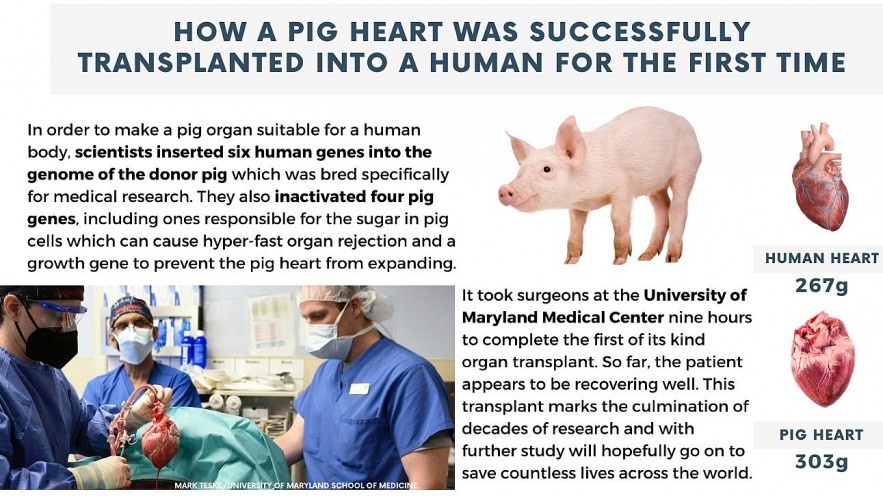 |
| Pig to human heart transplants |
♦ Check: Who is 'Pig Heart' David Bennett: Died 2 Months after Transplant
Kill Cancer
Cancer treatment is a long, slow and expensive process. After decades of research, scientists have made some breakthroughs in treatment methods, but the changes have not been significant. Up to now, by tumor-targeted therapy or mRNA vaccine, the world is gradually getting sweet fruit in the fight against cancer.
Targeted therapy focuses on the tumor itself and the cancer cells rather than the immune system. The therapy attacks the problem cells and dividing proteins, causing the tumor to grow uncontrollably.
The new drug that uses this mechanism is called trastuzumab deruxtecan. In 373 patients taking the drug in the clinical trial, tumors stopped growing for about 10 months.
For patients with metastatic breast cancer that is progressing despite chemotherapy, trastuzumab deruxtecan attacks cancer cells directly. It has an accuracy comparable to laser beams, slowing tumor growth and prolonging life to an unprecedented extent.
Another hope of scientists in the treatment and prevention of cancer is a vaccine using mRNA technology, similar to the Covid-19 vaccine. The vaccine trains the immune system to destroy pancreatic cancer cells.
In a study published in the American Society of Clinical Oncology, half of the patients who received the vaccine were disease-free after 18 months. The vaccine is tailored to each patient with the genetic code for the mRNA found in their own tumor. Once injected, the vaccine instructs the body to make proteins that are identical to those on the tumor's surface, triggering an immune response.
♦ Fact-Check: 2 Terminal Cancer Patients Recovered Thanks to the Vaccine of Mount Sinai Hospital
Kill HIV With Stem Cells
An American patient with myelogenous leukemia has become the first woman and third person in the world to be cured of HIV infection after receiving a stem cell transplant from someone who is naturally anti-viral. HIV causes this AIDS.
The above case is a middle-aged mixed-race woman. This is also the first case using cord blood.
Since receiving the cord blood method to treat spinal leukemia - a cancer that originates in blood-forming cells in the spinal cord - this person's disease has been in remission and has been virus-free for 14 years. months without antiretroviral therapy used to treat HIV.
The results of the treatment of this patient were presented at the Conference on Retroviruses and Random Infections in Denver (USA).
According to scientists, cord blood is more common than adult stem cells used in bone marrow transplants that have cured two previous HIV patients. In addition, it does not need to be closely related by blood to the recipient and does not require the donor to be heavily involved in the transplant process. But most donors of stem cells from blood and umbilical cord tissue are white, only meeting the needs of a few dozen Americans with both HIV and cancer each year.
A bone marrow transplant is not the right treatment option for most patients. They are invasive and high-risk, so are often prescribed for HIV and cancer cases where there is no other option.
To date, the world has recorded two cases of cure of HIV. The first was "Berlin Patient" Timothy Ray Brown. He was completely cleared of the virus from his body for 12 years. In 2020, he died of cancer. The second patient is Adam Castillejo, confirmed to be HIV free in 2019. Both received bone marrow transplants from donors carrying mutations that prevent HIV infection. This rare mutation has been confirmed in about 20,000 people, most of whom are of Nordic ancestry.
The complete sequence and mapping of a human genome
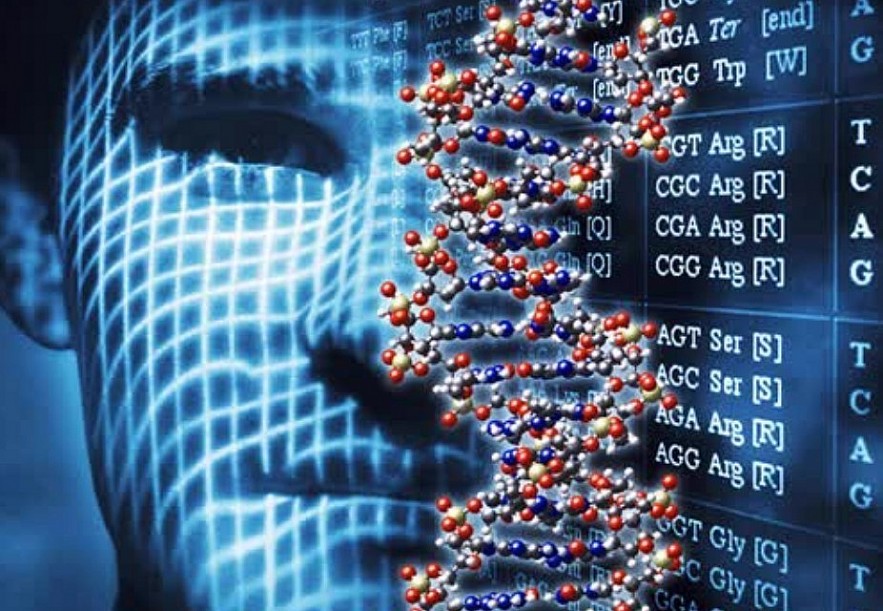 |
| The complete sequence of a human genome |
After more than two decades of publishing the first draft, scientists have finally completed the mapping of the human genome. Of which, up to 8% of the genetic material could not be decoded by previous technology.
The researchers say it will take years to produce concrete results. However, mapping the human genome can provide insights into human development, aging, diseases such as cancer, and the diversity, evolution, and migration of prehistoric humans.
Genetic mapping helps explain how humans adapt and survive outbreaks of disease, how the body eliminates toxins on its own, and how people respond to drugs.
"The map also explains why the human brain became different, what makes modern humans superior to other animals," said Evan Eichler, a geneticist at the University of Washington School of Medicine.
New Drug to Treat Alzheimer Disease
A drug that slows the brain damage of Alzheimer's disease has had its initial success in trials, hailed as "groundbreaking" and "historic".
The breakthrough in research ends decades of failure and shows promise for a new era of Alzheimer's medicine, although its effects are limited and under debate, the BBC reports.
According to Reuters, it is lecanemab, a monoclonal antibody created in collaboration with two Japanese-American pharmaceutical companies, Esai and Biogen, that works in the early stages of the disease.
Lecanemab attacks beta amyloid plaques that accumulate in the brains of people with Alzheimer's disease. The 18-month trial, which involved nearly 1,800 people with early-stage alzheimer's disease, found that treatment with lecanemab reduced the rate of decline on the clinical dementia scale by 27%. CDR-SB), when compared with placebo.
The drawback of the drug is that it has little effect on the group of patients with two copies of the APOE4 gene, an inherited condition that contributes to Alzheimer's, which accounts for 16% of the volunteers.
In addition, the drug also recorded a side effect of brain swelling in 12.6% of patients; Another 14% had micro-bleeds in the brain.
But according to the BBC, for a medical field "flooded with despair and disappointment", it was a turning point, because decades of research to find a cure for Alzheimer's had failed.
 Fact-Check: Viagra Could Help Treat Alzheimer’s Disease Fact-Check: Viagra Could Help Treat Alzheimer’s Disease Fact-Check: A US study has claimed that people who use Viagra could be 69% less likely to develop Alzheimer’s disease than non-users. |
Breakthrough in Technology in Medicine
The explosion of science and technology is contributing to changing all aspects of human life - society, including the field of health care.
Biological Eyes
Moorfields Eye Hospital in London successfully completed the UK's first biological eye transplant. The patient is an 88-year-old woman with age-related macular degeneration (AMD) - the leading cause of vision loss in people 60 years of age and older.
A 2mm microchip is implanted in the patient's retina. After that, she was given glasses equipped with a camera connected to a small computer. The camera scans the patient's surroundings and transmits the information to the chip, which then sends the information to the patient's brain.
Smart Robotic Arm
Technology startup Esper Bionics (Ukraine) has developed a bionic arm capable of connecting the human body to prosthetic limbs more seamlessly.
The prosthetic arm weighs only 380g, has 24 sensors that receive and process muscle activity and brain impulses to trigger action in the arm. An interface is used to exchange information between the brain and the device.
The product was rated by TIME Magazine as one of the best inventions of 2022.
mRNA Technology
The mRNA technology in the production of COVID-19 vaccines causes many intentions, brings high efficiency, rapid development and low cost. mRNA - also known as messenger RNA - is the genetic material that helps the body make proteins.
mRNA technology offers hope in the development of vaccines from cancer to the prevention of Zika virus, malaria... Hungarian-American professor Katalin Kariko is the author of the mRNA technology behind the COVID-19 vaccine.
Virtual Reality (VR)
This technology is being used more often to treat and manage a range of mental health issues, including stress, anxiety, dementia and autism...
Virtual reality also has the potential to change a patient's perception and perception of pain, in addition to its function in treating mental health issues.
Artificial Intelligence (AI)
AI is becoming more and more effective in disease detection, accurate diagnosis and early identification of diseases such as cardiovascular disease.
Clinicians use AI to create more comprehensive treatment programs, such as allowing patients to manage their health problems more effectively.
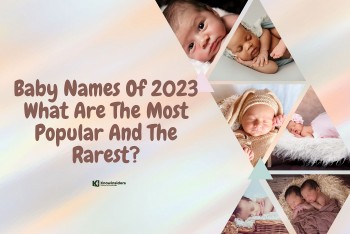 Baby Name Trends of 2023: What Are The Most Popular And The Rarest? Baby Name Trends of 2023: What Are The Most Popular And The Rarest? Baby names are like fashion trends. Some of the names will soon become extinct while others have been popular again. If you want to be ... |
 Top 10 Biggest Social Media Trends In 2023 Top 10 Biggest Social Media Trends In 2023 Social media has become part of our daily life. In 2023, there will be more trends on social media that inherit from the booming trends ... |
 Top 10 Career Trends Predicted to Dominate in 2023 Top 10 Career Trends Predicted to Dominate in 2023 Flexible working, paying attention to remuneration or gradually empowering employees are among the working trends predicted to dominate in 2023. Read on to see top ... |
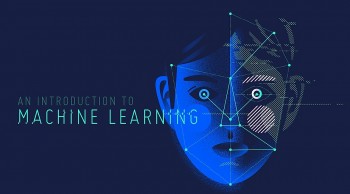 The Biggest Technology Trends 2023: Rise of Al, Machine Learning and Robot The Biggest Technology Trends 2023: Rise of Al, Machine Learning and Robot Artificial Intelligence (AI), Machine Learning and Robot are predicted to explode from 2023 because of their applicability and usefulness in all aspects of modern life. |























